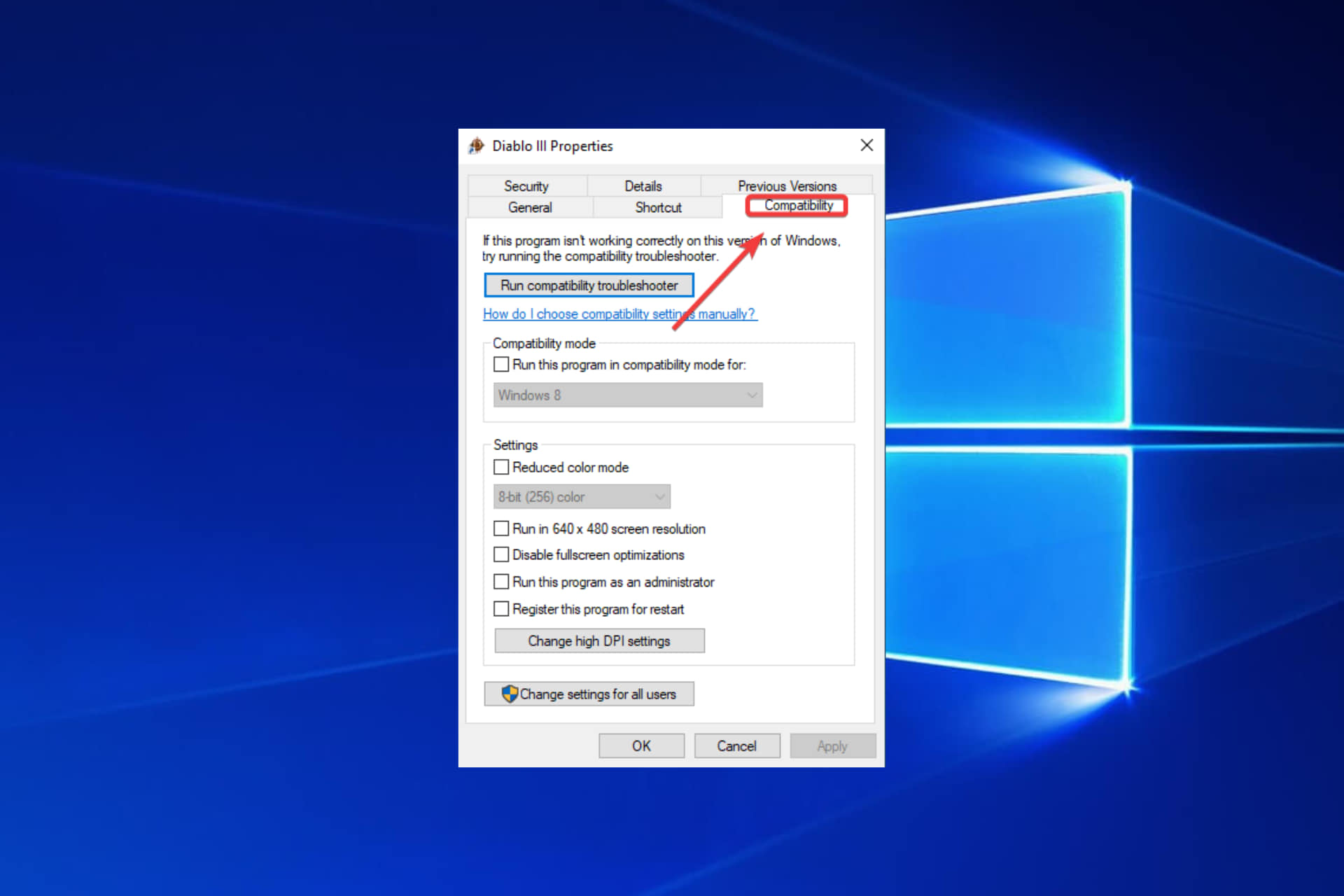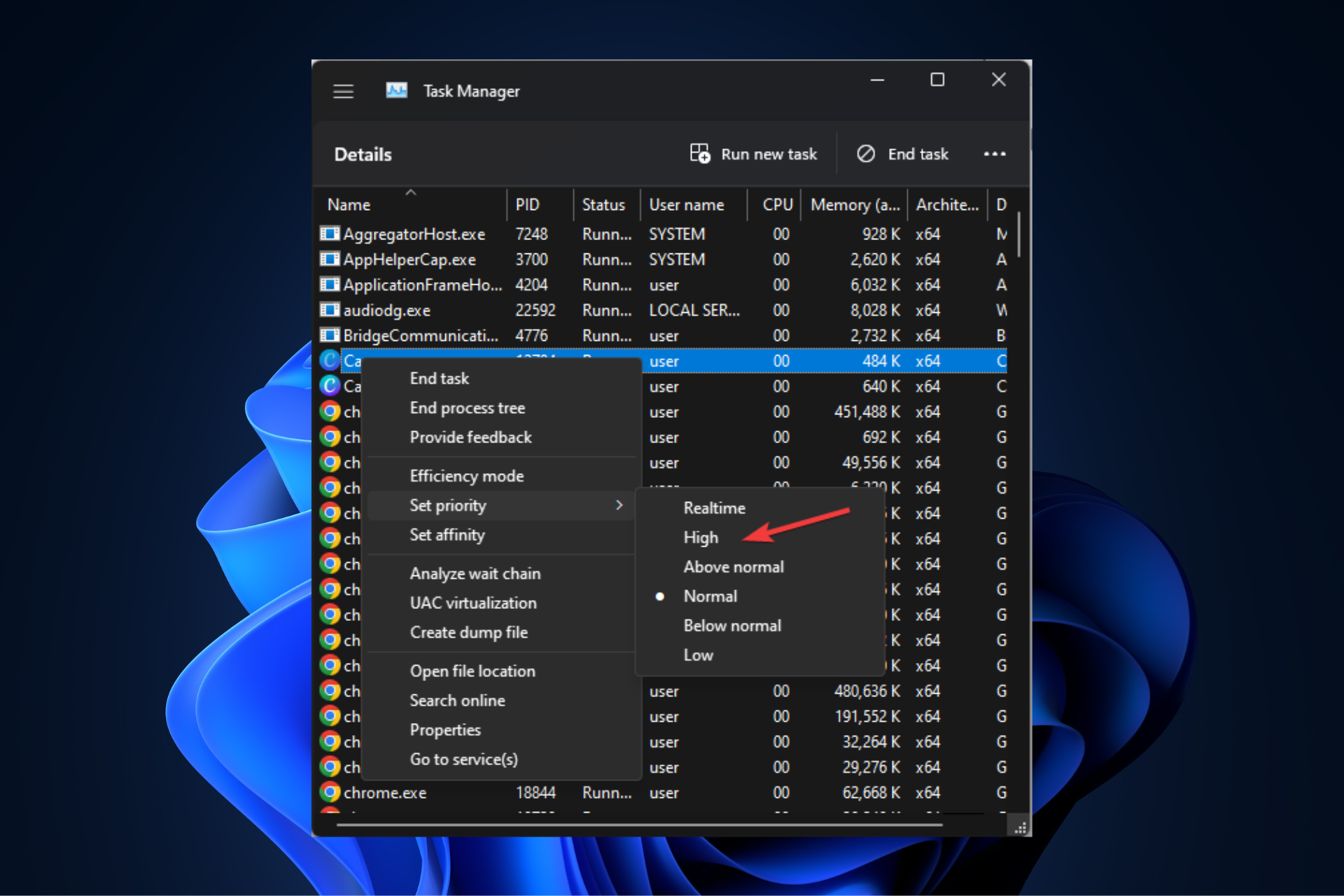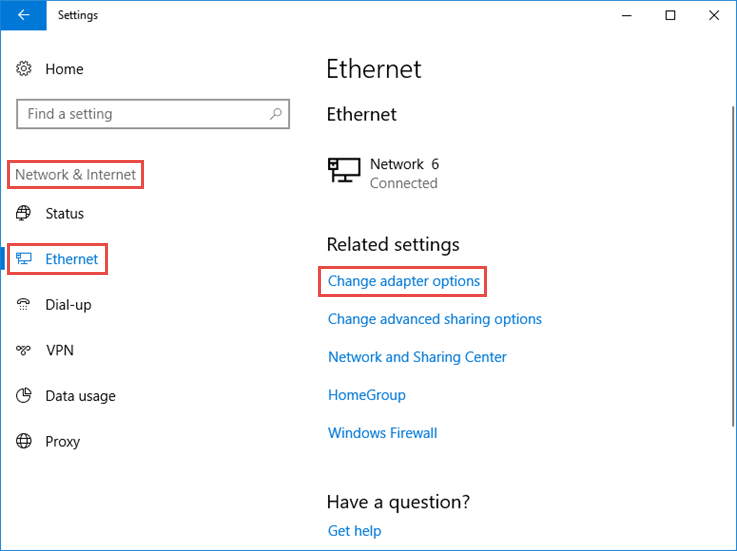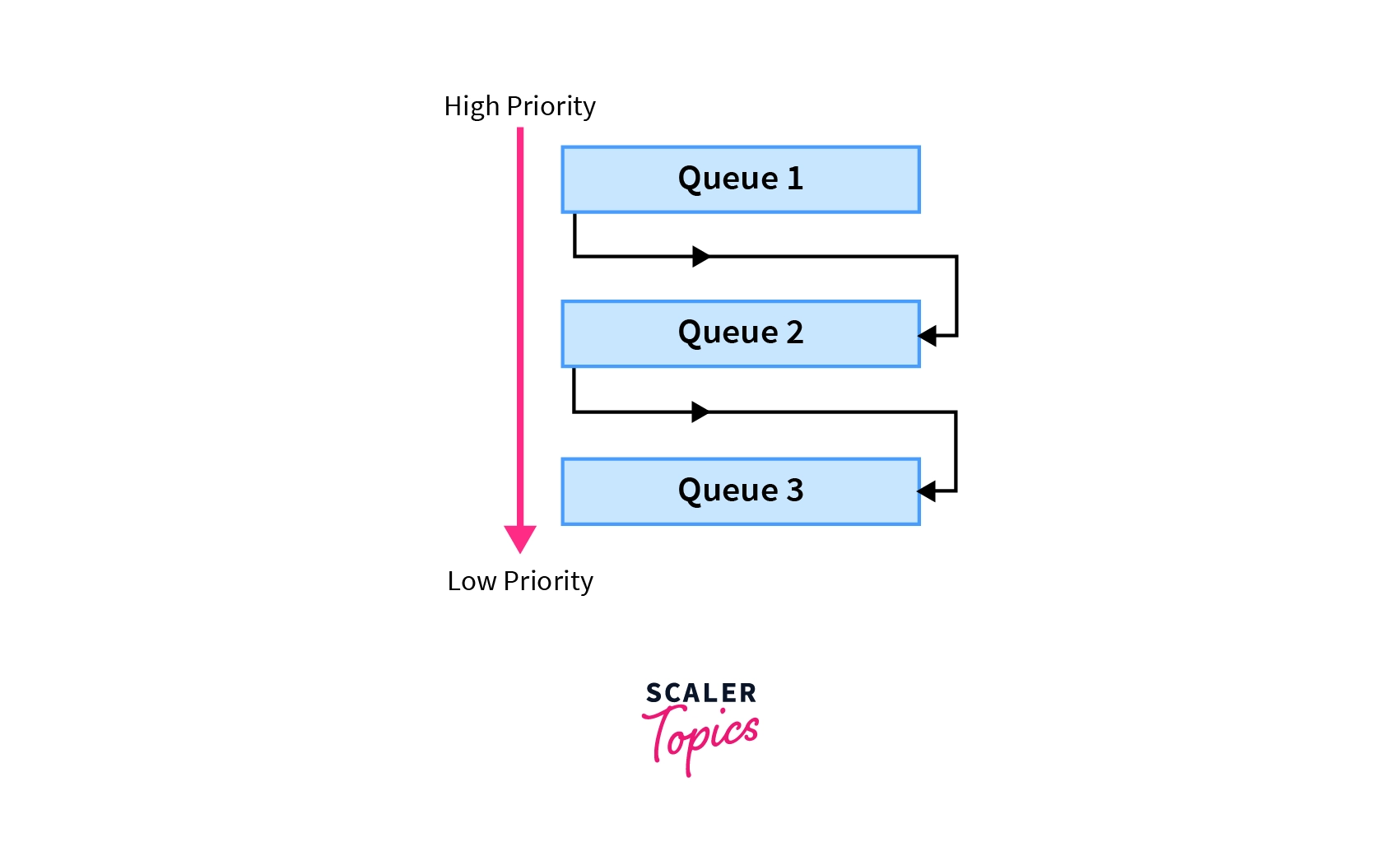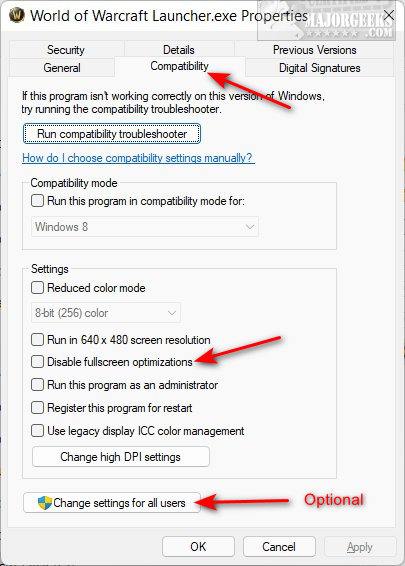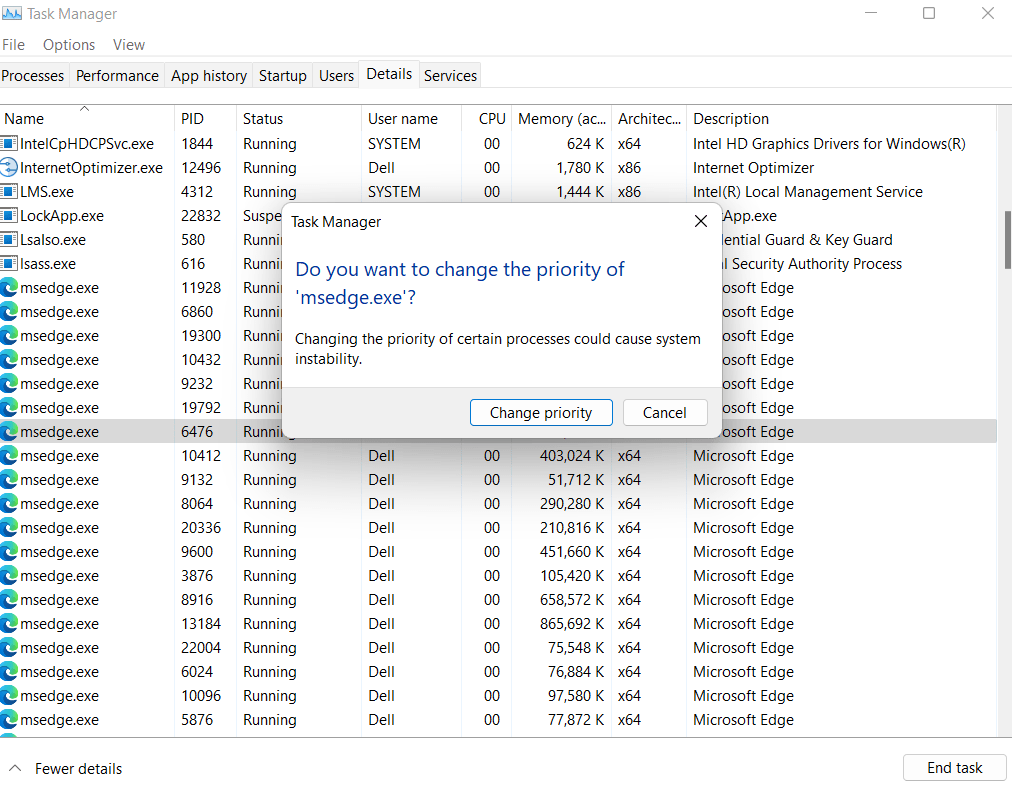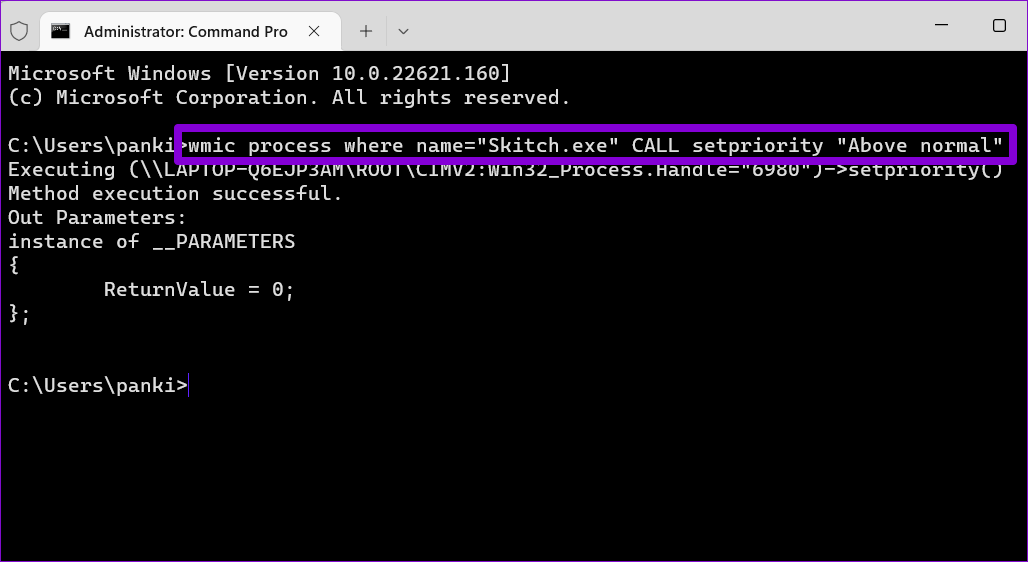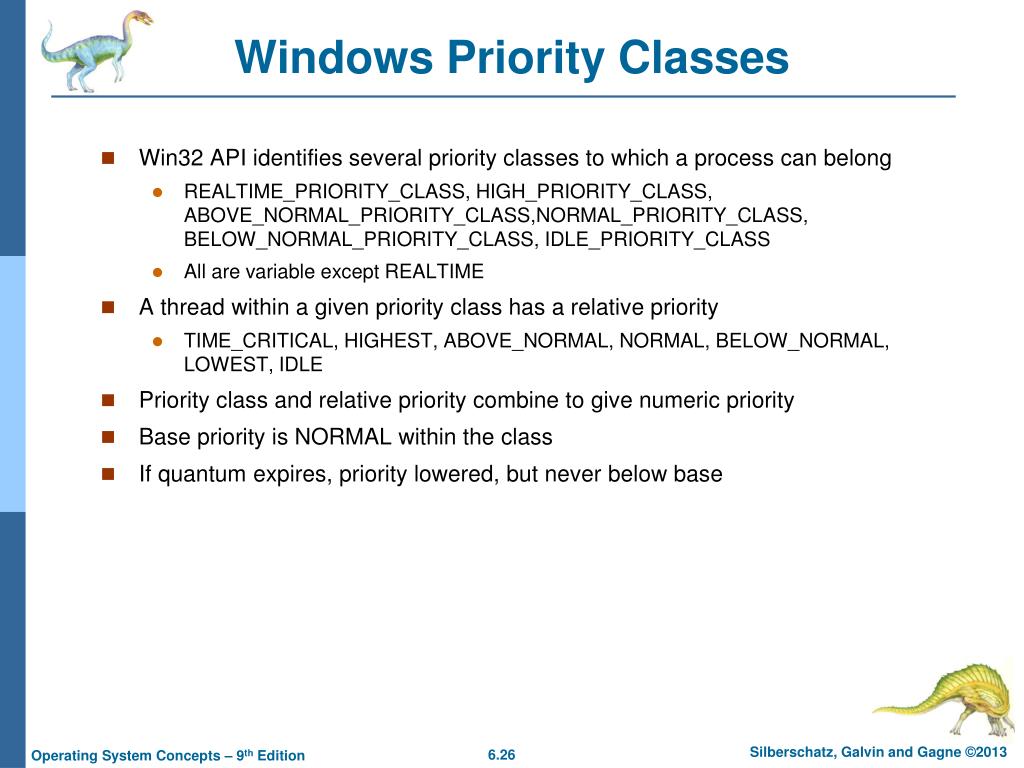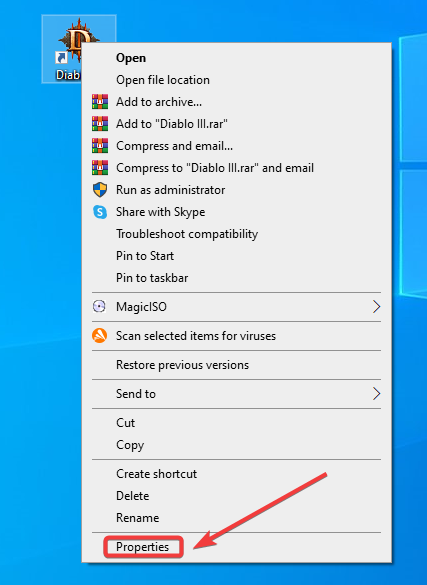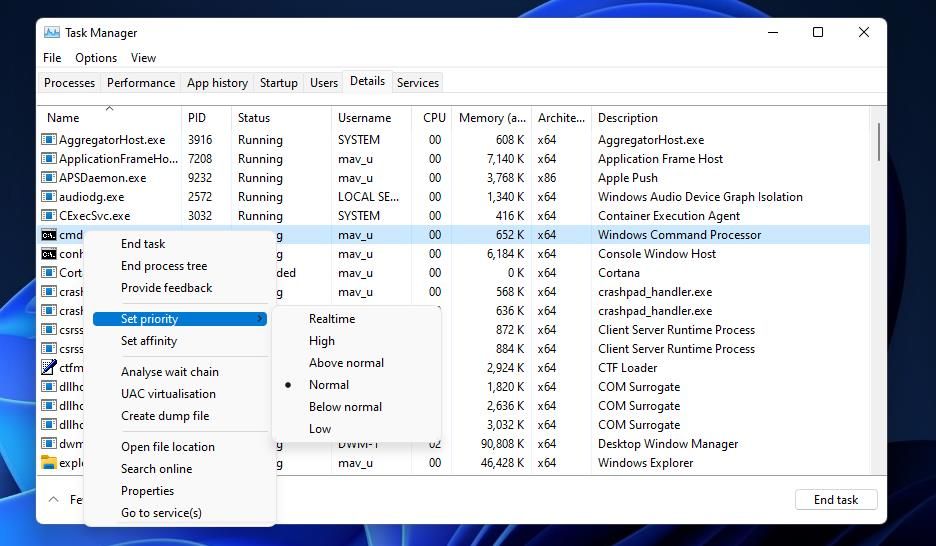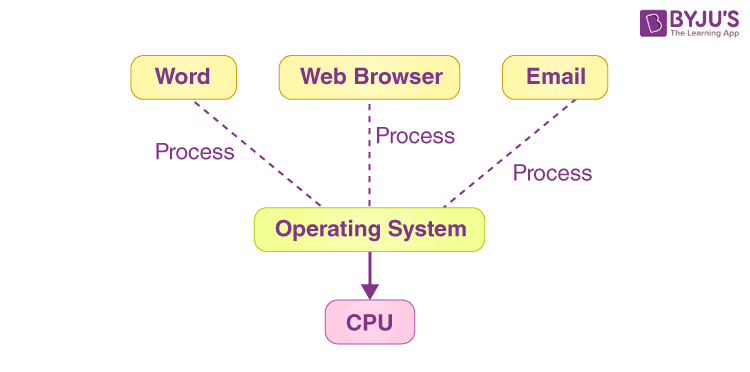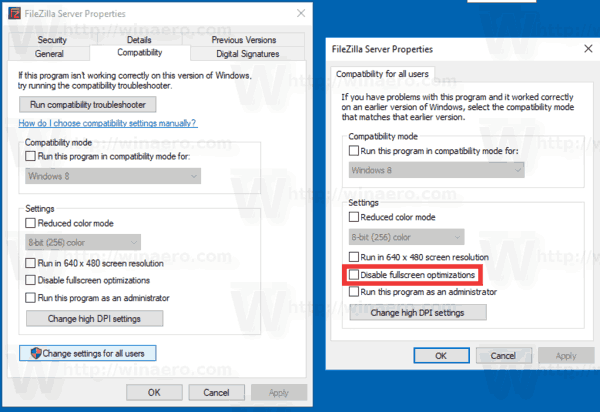Operating System Gives Priority To Another Window
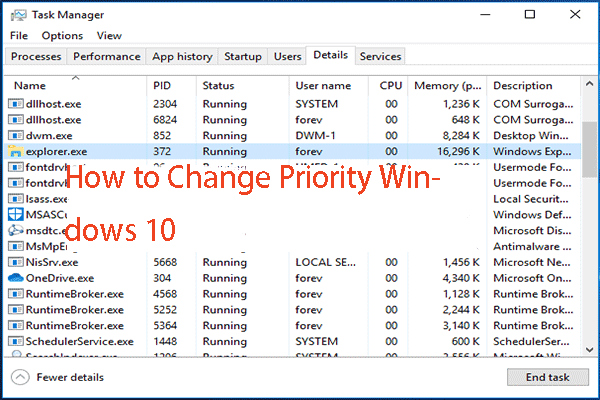
Urgent reports are flooding in: Users are experiencing critical disruptions as a major operating system is inexplicably prioritizing a single, often inactive, window over all others. This unprecedented behavior is crippling productivity and raising serious concerns about system stability.
The issue, impacting primarily Windows 10 and 11 users, forces a randomly selected window to the forefront, stealing focus and interrupting ongoing tasks. Affected users report the problem emerged seemingly overnight, with no clear trigger or pattern.
Widespread Disruption Confirmed
The phenomenon has been confirmed across a wide range of hardware configurations and software environments. Online forums and social media platforms are inundated with complaints, indicating a large-scale problem. Many are reporting data loss due to accidental keystrokes in the forcibly prioritized window.
Microsoft has yet to officially acknowledge the issue, but internal sources suggest they are aware and investigating. The lack of communication is fueling frustration and exacerbating the impact.
Key Symptoms and User Impact
The primary symptom is the sudden and unexpected shifting of focus to a seemingly random window. This window may be a background application, an inactive document, or even a system utility.
Users are reporting a significant loss of productivity. Many are facing difficulties completing simple tasks due to the constant interruptions.
The forced window prioritization can lead to accidental clicks, data corruption, and even application crashes. Data loss is a growing concern among affected users.
Observed Triggers and Patterns
While the exact cause remains unknown, some users have noted potential correlations. Specifically, many report the issue occurring after recent Windows Updates.
Another theory points to compatibility issues with certain third-party applications, particularly those related to system monitoring or input management. However, these reports are largely anecdotal.
A complete pattern hasn't been found yet, but investigation indicates a higher rate of occurence with multi-monitor setups, according to anecdotal user accounts online.
Potential Workarounds (Use with Caution)
Several temporary workarounds have emerged, but their effectiveness varies significantly. These solutions are unofficial and should be implemented with caution.
One suggested workaround involves disabling background app permissions. This can be done through the Windows settings menu, but may also impact the functionality of certain applications.
Another proposed solution is to perform a clean boot of the system. This involves disabling all non-essential startup programs and services, which can help identify potential conflicts.
Some users have reported success temporarily resolving the problem by disabling "Focus Assist" or "Notification settings" under the Windows operating system.
Microsoft's Response (Or Lack Thereof)
As of this writing, Microsoft has not issued an official statement regarding the issue. This silence has been met with criticism from users and industry experts alike.
Tech journalists have reached out to Microsoft for comment, but have yet to receive a substantive response. The lack of transparency is only adding to the user frustration.
Behind the scenes, according to industry sources, Microsoft engineers are scrambling to identify the root cause. A fix is expected, but the timeline remains uncertain.
Next Steps and Ongoing Developments
Users are advised to monitor official Microsoft channels for updates and potential solutions. It is crucial to avoid downloading or installing any unverified fixes from unofficial sources.
We will continue to provide updates as more information becomes available. The situation is evolving rapidly, and further developments are expected in the coming days.
Affected users are encouraged to report their experiences on official Microsoft forums and support channels. This data will help Microsoft engineers diagnose and resolve the problem more effectively.
![Operating System Gives Priority To Another Window [SOLVED]The Operating System Is Not Supported on Windows 10/11 - MiniTool](https://www.minitool.com/images/uploads/news/2023/07/os-not-supported/os-not-supported-2.png)
